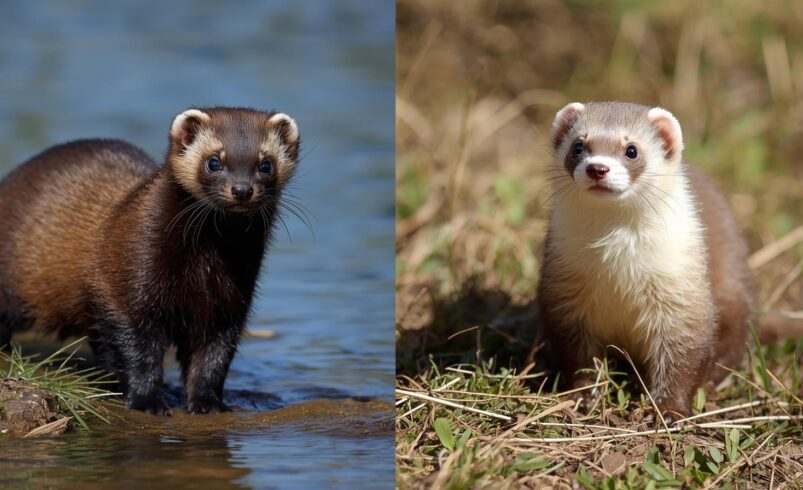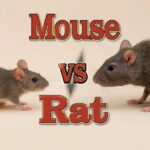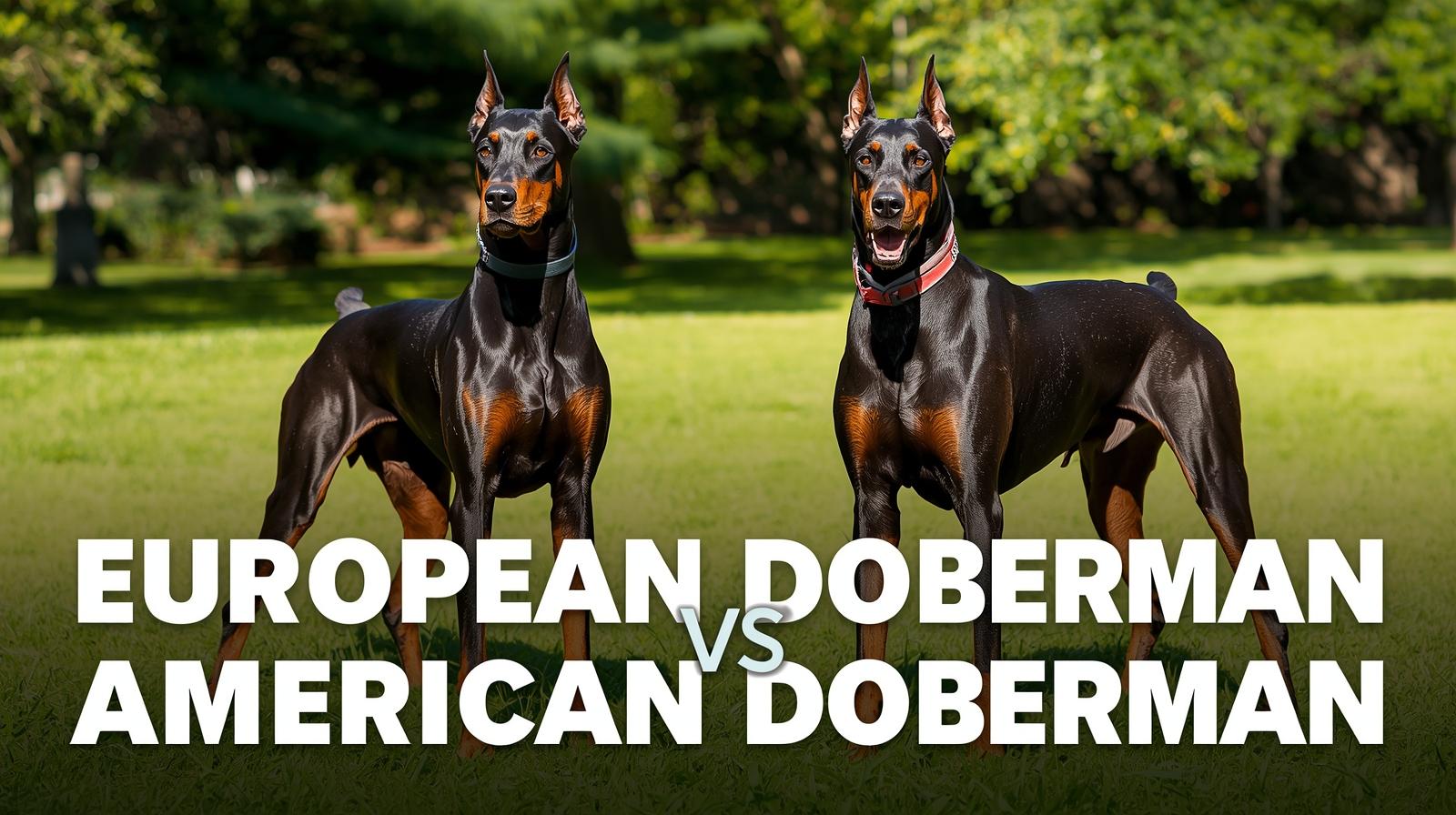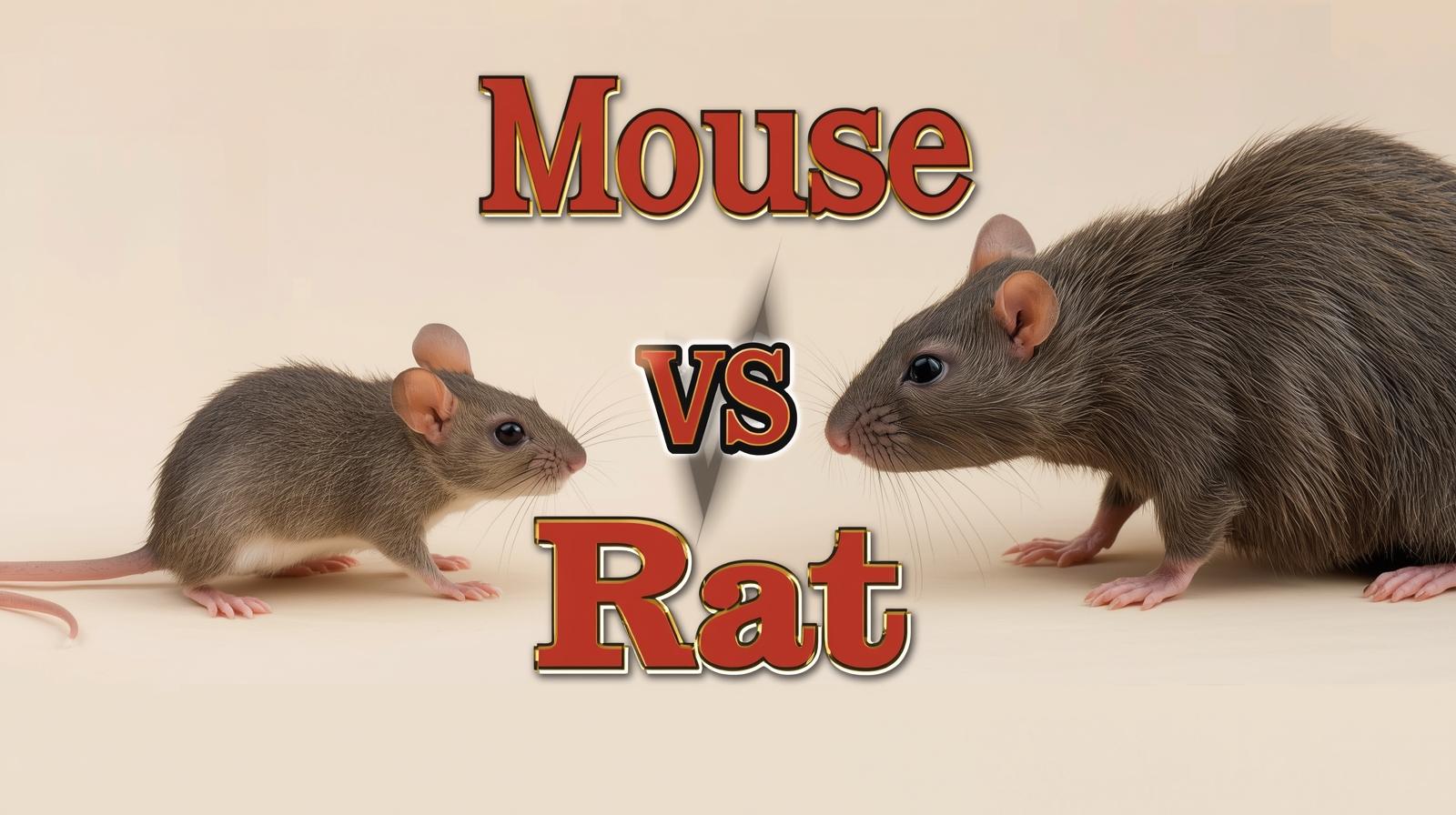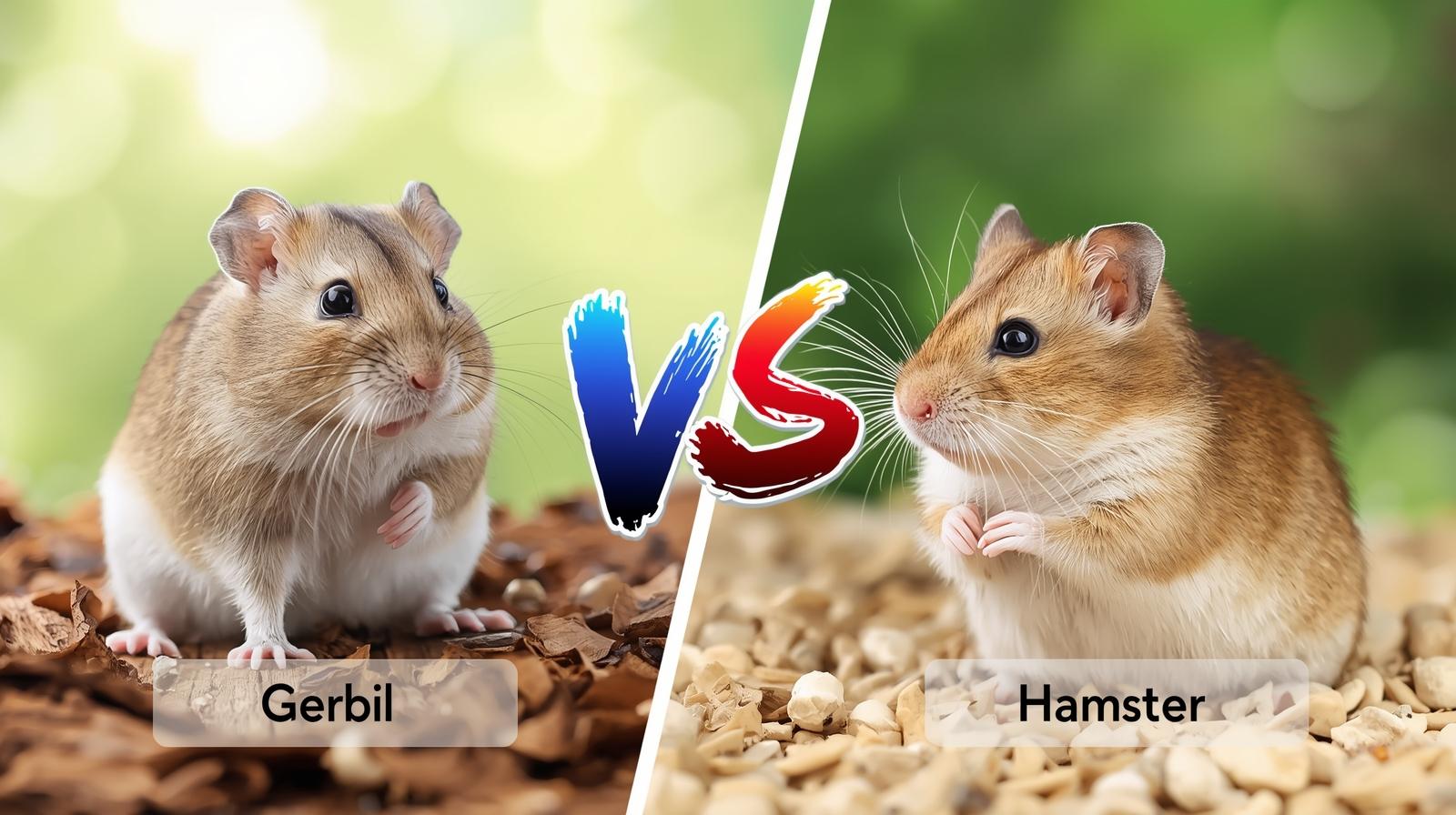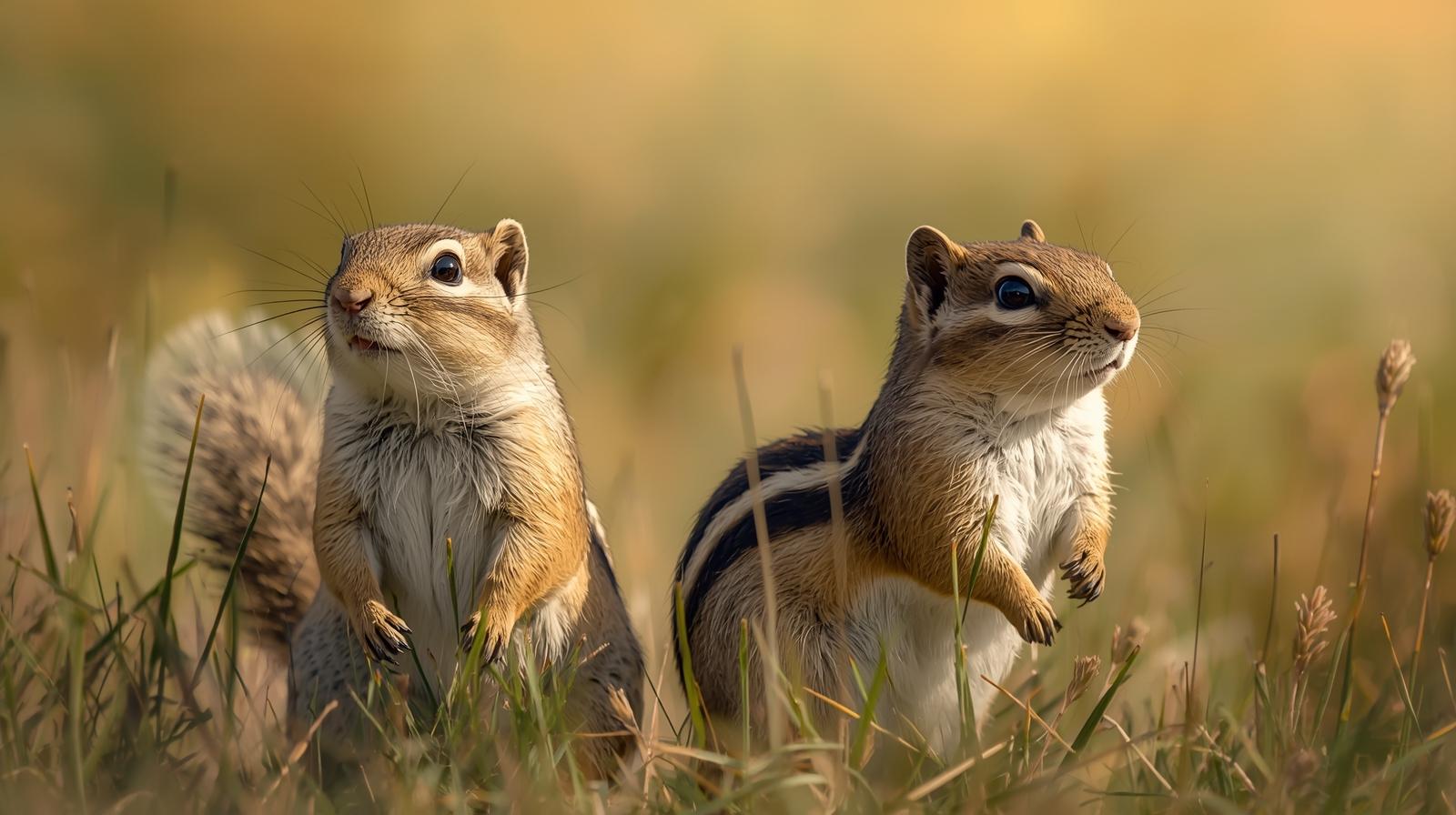When I first encountered both a mink and ferret at a wildlife rehabilitation center, I couldn’t believe how similar yet distinctly different these fascinating creatures were. The mink vs ferret debate has intrigued animal enthusiasts for decades, and with good reason. These sleek, elongated members of the Mustelidae family share remarkable similarities, yet their differences make all the distinction between a cuddly companion and a wild predator.
Understanding the Mink and Ferret Family Tree
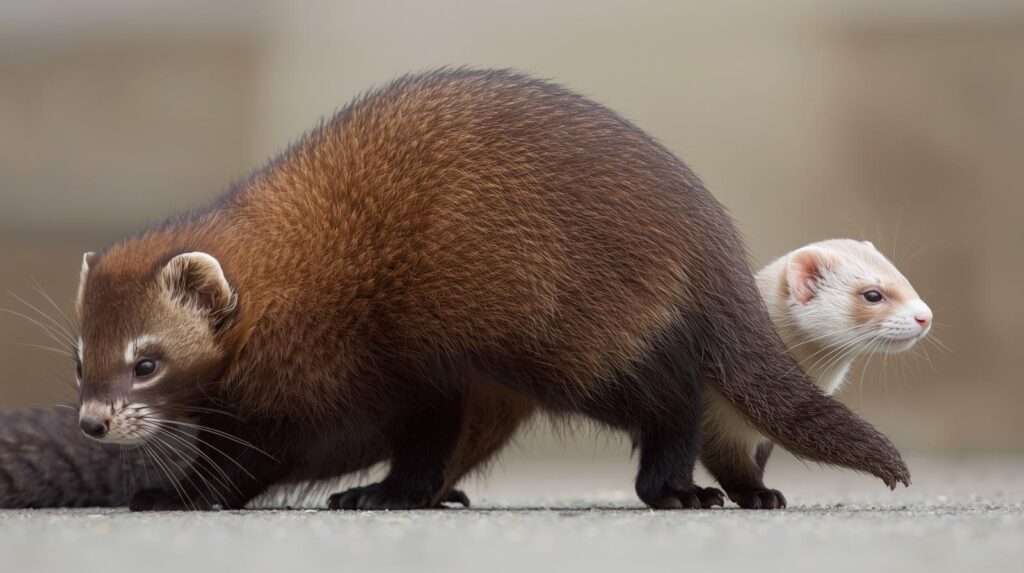
The mink vs ferret comparison begins with their shared ancestry. Both belong to the Mustelidae family, which includes weasels, otters, and badgers. Ferrets are the only mustelid that has been domesticated, having been companions to humans for over 2,000 years. Meanwhile, minks remain essentially wild animals, even when raised in captivity.
In North America, ferrets have become increasingly prominent household pets, with approximately 1.9 million pet ferrets in American households. This stark contrast in domestication status fundamentally shapes every aspect of the mink vs ferret discussion, from legal ownership to daily care requirements.
Physical Differences Between Mink and Ferret
Size and Weight Variations
When comparing mink vs ferret physically, subtle differences become apparent upon closer inspection. American minks typically weigh 1.5-3.5 pounds, while domestic ferrets are slightly smaller at 1.4-4.4 pounds. The weight ranges overlap significantly, making size alone an unreliable identifier.
Ferrets tend to be between 1.5 and 4.5 pounds, and minks tend to weigh around two pounds in the wild and up to 7 on a farm. This variation depends largely on environmental factors and breeding purposes.
Distinctive Coat Characteristics
The mink vs ferret coat comparison reveals one of the most striking differences. Minks have a very glossy coat, while ferrets also have short, soft coats, but they are not nearly as glossy. This lustrous mink fur has historically made them valuable in the fashion industry, while ferret coats come in various colors and patterns bred for companionship rather than commerce.
Behavioral Traits and Temperament
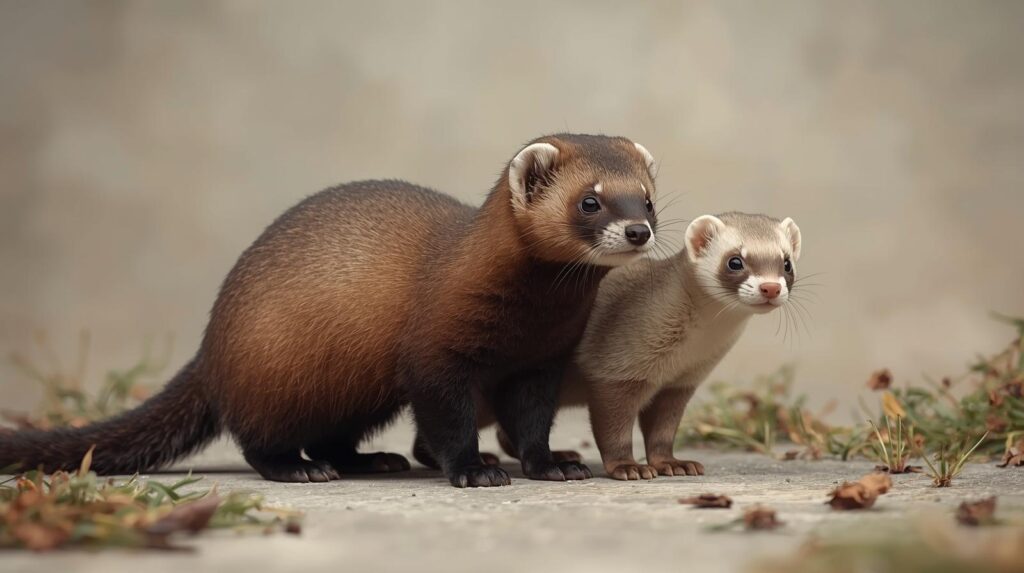
Wild Instincts vs Domestic Nature
The mink vs ferret behavioral contrast couldn’t be more pronounced. Minks retain their wild instincts, displaying aggressive territorial behavior and strong hunting drives. They’re solitary creatures by nature, preferring independence over companionship.
Ferrets, conversely, thrive on social interaction. They’re playful, curious, and form strong bonds with their human families. I’ve watched ferrets engage in their characteristic “war dance” a joyful, bouncing display that no mink would ever perform. This domesticated temperament makes ferrets suitable for alldandy, Pet Care enthusiasts seeking an exotic yet manageable companion.
Swimming and Hunting Abilities
Minks possess water-resistant fur and partially webbed feet, making them exceptional swimmers and aquatic hunters. Ferrets, while capable swimmers, lack these specialized adaptations and generally prefer terrestrial activities.
Legal Status and Ownership Requirements
Geographic Restrictions
The mink vs ferret legal landscape varies dramatically across regions. In New Zealand and some other countries, restrictions apply to ferret ownership due to damage done to native fauna. Several U.S. states, including California and Hawaii, prohibit ferret ownership entirely, while mink ownership faces even stricter regulations due to their wild status.
Permit Requirements
Most jurisdictions require special permits for mink ownership, classifying them as exotic or wild animals. Ferrets, where legal, typically require only standard pet licensing. This regulatory difference reflects the fundamental mink vs ferret domestication divide.
Care Requirements Comparison
Housing Needs
| Aspect | Mink | Ferret |
|---|---|---|
| Cage Size | Minimum 6′ x 3′ x 3′ | Minimum 3′ x 2′ x 2′ |
| Water Feature | Essential (pool or stream) | Optional water bowl |
| Social Housing | Solitary preferred | Pairs or groups ideal |
| Escape-Proofing | Maximum security required | Standard ferret-proofing |
| Indoor/Outdoor | Outdoor enclosure typical | Indoor housing common |
Dietary Differences
The mink vs ferret dietary needs share similarities as obligate carnivores, but portions and preferences differ. Minks require larger prey items and more frequent feeding, consuming up to 10% of their body weight daily. Ferrets thrive on commercial ferret food supplemented with raw meat treats, eating smaller, more frequent meals.
Health and Lifespan Considerations
Common Health Issues
When examining mink vs ferret health profiles, ferrets face more documented health challenges due to their longer domestication history and inbreeding. Common ferret ailments include adrenal disease, insulinoma, and lymphoma. Minks, maintaining greater genetic diversity, experience fewer hereditary conditions but are susceptible to Aleutian disease and parasites.
Life Expectancy
The mink vs ferret lifespan comparison favors ferrets slightly, with domestic ferrets living 7-10 years versus minks’ 3-4 years in the wild or 8-10 years in captivity. This difference reflects the protected environment and veterinary care available to pet ferrets.
Cost Analysis
Initial Investment
The mink vs ferret cost comparison reveals significant disparities. Ferrets typically cost $100-300 from reputable breeders, while minks, when legally available, command $500-2000. Setup costs for mink enclosures can exceed $5000, whereas ferret habitats average $300-500.
Ongoing Expenses
In 2024, Americans spent $152 billion on pet care, with exotic pets commanding premium prices for specialized care. Annual ferret maintenance averages $500-1000, while mink care can triple that amount due to specialized dietary and housing needs.
Environmental Impact
The mink vs ferret environmental consideration extends beyond individual ownership. Escaped farm minks have established invasive populations in numerous countries, disrupting local ecosystems. Ferrets, while also potentially invasive, pose less threat due to their reduced survival instincts and dependency on human care.
Making the Right Choice
My personal experience with both species has taught me that the mink vs ferret decision isn’t really a choice for most people it’s a foregone conclusion. Unless you’re a licensed wildlife rehabilitator or fur farmer, ferrets represent the only viable option for companionship. Their playful antics, manageable size, and genuine affection for humans make them delightful, if demanding, pets.
The mink vs ferret comparison ultimately highlights the profound impact of domestication. While minks command respect as skilled predators and valuable furbearer, ferrets have evolved alongside humans to become unique companions. Their similarities remind us of shared evolutionary heritage, while their differences underscore the transformative power of selective breeding and domestication.
Conclusion
The mink vs ferret debate reveals two remarkably similar yet fundamentally different animals. While both share the characteristic mustelid body shape and carnivorous diet, domestication has transformed ferrets into suitable companions while minks remain wild at heart. As of 2024, Millennials make up 33% of pet owners, many seeking unique pets like ferrets that offer exotic appeal with manageable care requirements. The mink vs ferret comparison demonstrates that similarity in appearance doesn’t guarantee similarity in suitability as pets.
FAQs
1. Can mink and ferret interbreed?
No, mink and ferret cannot interbreed. Although they belong to the Mustelidae family, they have different chromosome numbers and incompatible reproductive biology. These genetic differences prevent viable offspring from being produced.
2. Which is more aggressive, mink or ferret?
Minks are far more aggressive compared to ferrets. As wild predators, minks display territorial and hunting-driven behavior. Ferrets, being domesticated, may nip playfully but rarely show serious aggression when socialized properly.
3. Do mink and ferret require the same veterinary care?
Both animals require exotic animal veterinarians, but care standards differ. Ferrets benefit from well-established medical protocols, vaccines, and preventative care. Mink veterinary care is less common, harder to access, and not as standardized.
4. Can I keep mink and ferret together?
No, you should never house mink and ferrets together. Mink possess strong predatory instincts and territorial behavior, which can make them a serious threat to ferrets. Keeping them together risks injury or death.
5. Is the mink vs ferret smell different, and which animal produces a stronger odor?
Yes, their scent differs noticeably. Minks produce a much stronger, muskier odor due to their wild scent glands and territorial marking habits. Ferrets also have a natural musky smell, but domesticated ferrets especially neutered ones have a milder scent that is easier to manage.

